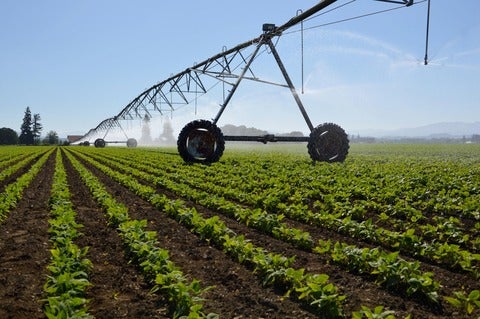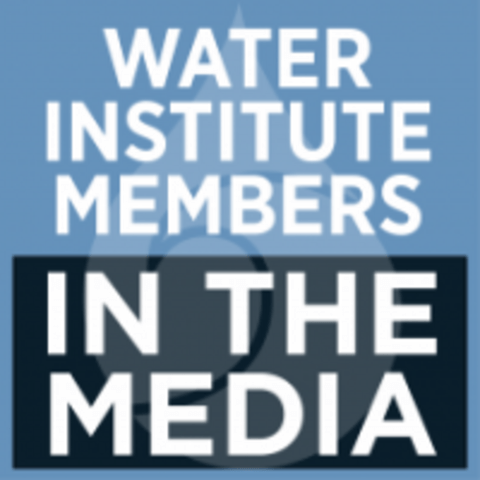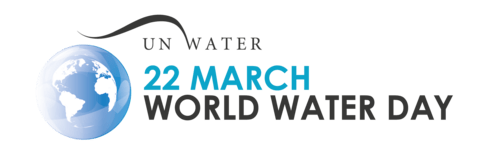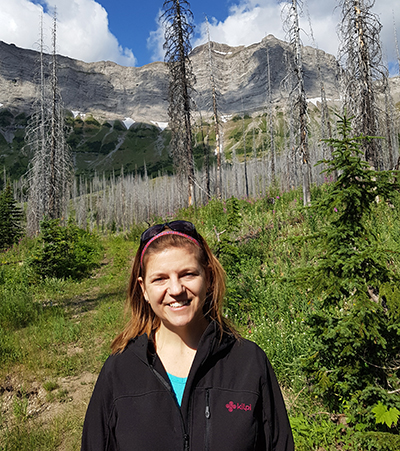Many environmental protection incentive programs around the world are poorly designed and ineffective
Incentive programs to encourage farmers and other landowners to protect the environment are key to conservation, but new research shows issues such as lack of enforcement undermine their effectiveness on a global scale.








 On November 2, 2017, Waterloo Engineering professor and Water Institute member,
On November 2, 2017, Waterloo Engineering professor and Water Institute member, 
 Glaciers may have the reputation of moving slowly, but deep below them, unseen by humans, things are moving more quickly every day. Global warming is melting our glaciers, creating streams of icy water and slush below the surface. If this water spreads out, it can lubricate the ice above it and cause the glaciers to flow faster. While this melt and the resulting glacier flow tells scientists how fast our climate is changing, it’s up to a new breed of scientist to tell us how fast we need to act.
Glaciers may have the reputation of moving slowly, but deep below them, unseen by humans, things are moving more quickly every day. Global warming is melting our glaciers, creating streams of icy water and slush below the surface. If this water spreads out, it can lubricate the ice above it and cause the glaciers to flow faster. While this melt and the resulting glacier flow tells scientists how fast our climate is changing, it’s up to a new breed of scientist to tell us how fast we need to act. 